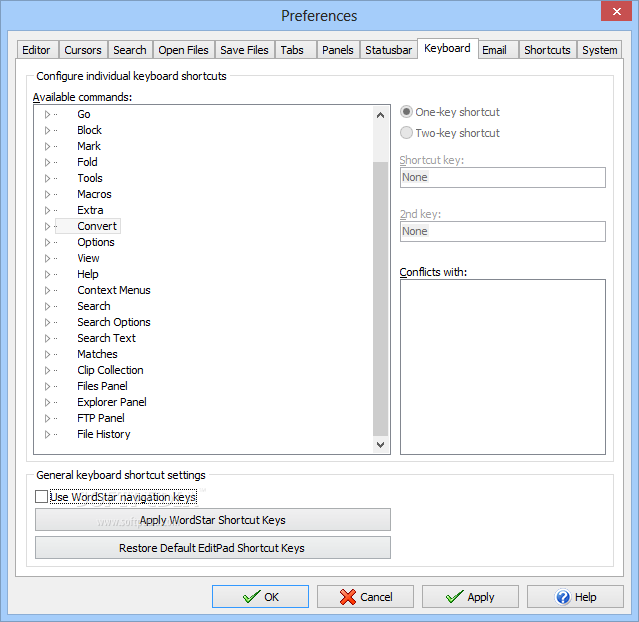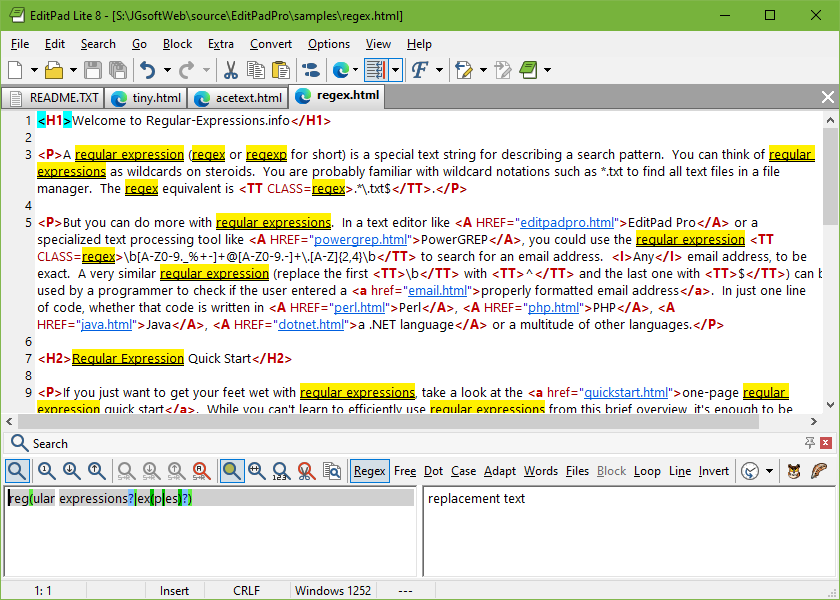
I copied only the column of remaining comments, and pasted this text into a basic text editor.(I saved this Excel file, to return to later on.)
I NEED TO COMPARE TWO EDITPAD LITE FILES CODE

But giving this a try is not difficult and will at least give you a taste for the idea behind text mining.
I NEED TO COMPARE TWO EDITPAD LITE FILES SOFTWARE
There are some fantastic software packages out there for going much deeper, more quickly. As well, it focuses on single words, rather than word combinations or phrases. The method outlined below is rather manual. “hung up on the caller”), I thought that certain frequently-occurring keywords might be negatively correlated with giving. As certain behaviours often prompt the same comments over and over (eg. Often these comments flag alumni behaviours such as hanging up on the caller, being verbally abusive, or other negative things.

The comments I was trying to get at were generated from our Annual Giving phonathon. My method was first to determine which words were used most frequently, then select a few common ‘suggestive’ words that might show interesting correlations, and finally to test the variables I made from them for correlations with giving to our institution. Here are steps I took to do some rather crude text-mining on a general-comments field in our database. Unstructured information such as comments requires some work to turn it into data that can reveal patterns and correlations. Normally, free text is resorted to only when there’s a need to store information of a type that cannot be conveniently coded (preferably from a pre-established “validation table” of allowed values). Click photo for source.)ĭatabase users at universities make frequent use of free-text comment fields to store information.

(Photo used via Creative Commons licence. Turn prose into data for insights into your constituents' behaviour.


 0 kommentar(er)
0 kommentar(er)
